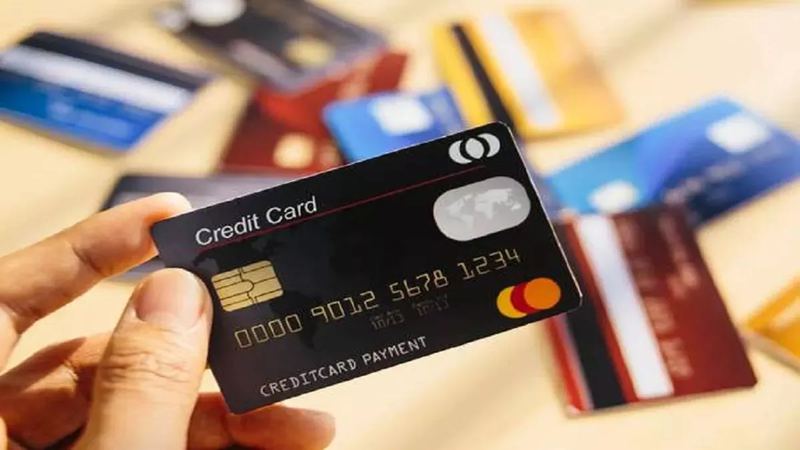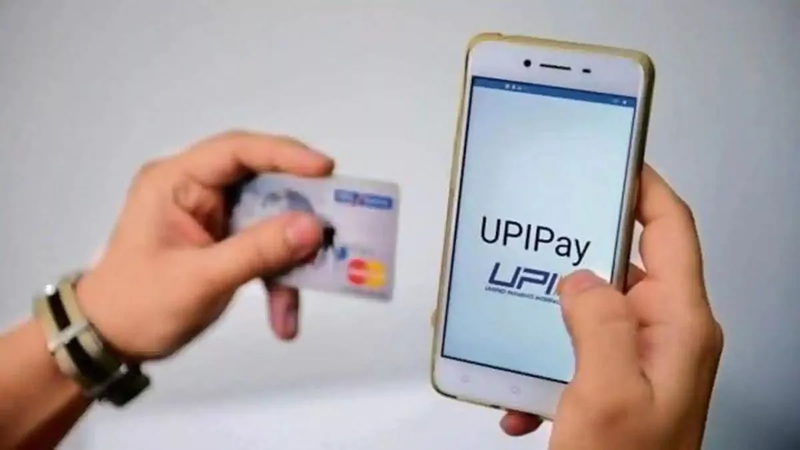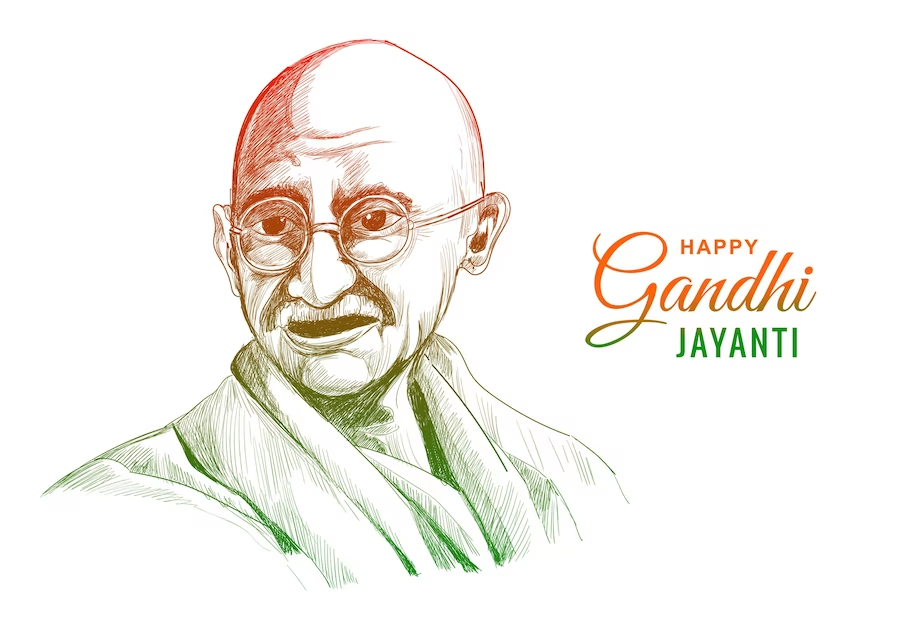
There was a time when we used to go to the grocery store or vegetable vendor to buy goods, there was such a shortage of change. If the shopkeeper had to return a couple of rupees, he would insist that you take toffee or something else in exchange. Many times there would be altercations regarding this.
But, with digitalization, this has started becoming a thing of the past. If you have purchased goods worth Rs 21, then you can pay the entire Rs 21 with the help of digital payment. Neither will you have to worry about giving a change of Rs 1 with two Rs 10 notes, nor returning the change of Rs 9 to the shopkeeper if you get three Rs 10 notes.
And all this has been possible through PPI (Prepaid Payment Instruments) and UPI (Unified Payments Interface). Let us know what is the difference between PPI and UPI and where and how they are used.
What are Prepaid Payment Instruments (PPI)?
PPI is a payment system in which you buy any goods or services or transfer funds with the money already deposited. The PPI system is usually like three. Closed, semi-closed, and open systems.
A closed system means that these PPIs can be used only at the places that issue them. For example, metro cards and tokens. Whereas, unlike closed PPI, semi-closed PPI can be used for many services, but not for all services.
At the same time, Open PPI can be used everywhere, as its name suggests. Debit and credit cards come under the scope of this type of PPI. You can buy almost every service from them. However, unlike the other two PPIs, these can be issued only by the RBI.
What is the Unified Payments System (UPI)?
UPI is a mobile payment system, which is used by a large number of people. In this, you get the facility to send money from one account to another instantly, that too without any charges. UPI is quite fast. In this, payment is usually done within a few seconds. There is not much technical complexity in this and the user does not have to pay any charge, as is usually the case with PPI.
To transfer money through this system, the user must have a UPI ID. This is a unique identification for your bank account, using which money is sent and received from one bank to another.

What is the difference between PPI and UPI?
Talking about the difference between PPI and UPI, you can consider PPI like your purse. You will be able to buy goods only as much as you have in your purse. But, there is no such restriction in UPI. You can also spend it by borrowing money or if you have given it to someone, then ask for it back immediately. There are some other differences between these two:
- You can only make payments in PPI, but the facility of making money is also available in UPI.
- You can add multiple bank accounts in UPI. PPI is limited to only one.
UPI offers more payment options than PPI. There is no charge.
In UPI, you get a much higher payment limit as compared to PPI.










